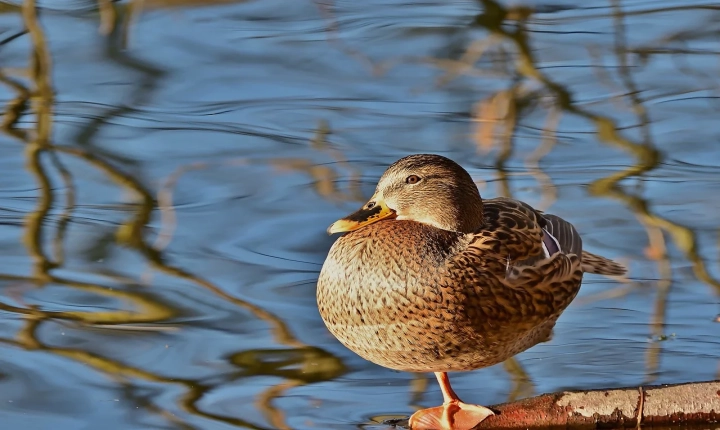Title: Unleashing creativity: How AI is revolutionizing art generation
Artificial intelligence (AI) has made significant strides in recent years, transforming various industries, and the world of art is no exception. AI has the potential to revolutionize the way art is created and experienced, offering a unique blend of creativity and technology. From generating mesmerizing visual art to composing music and even writing poetry, AI has opened up new frontiers in the art world.
One of the most captivating aspects of AI-generated art is its ability to mimic, learn, and replicate human creativity. Through complex algorithms and deep learning techniques, AI can analyze vast amounts of data, learn from patterns, and create art that is strikingly original. This ability to process and interpret information enables AI to paint, sculpt, and compose in ways that were previously unimaginable.
One of the most prominent areas where AI is making its mark is in visual art creation. Generative Adversarial Networks (GANs), a type of AI algorithm, have been employed to produce stunning and thought-provoking images. By pitting two neural networks against each other – one generating images and the other evaluating them – GANs can produce surreal and evocative artwork that blurs the line between the real and the imaginary. These AI-generated images often challenge our perceptions of reality and evoke a profound emotional response.
Moreover, AI systems have been utilized to create music compositions that can rival the work of human composers. By analyzing existing musical pieces and patterns, AI algorithms can compose original music that captivates audiences. These compositions often reflect a harmonious blend of familiar melodies and novel arrangements, highlighting the collaborative potential of AI and human creators.
In the realm of literature and poetry, AI has also made significant strides. Natural language processing and machine learning have enabled AI to produce coherent and aesthetically compelling pieces of writing, challenging preconceptions about the nature of creativity and authorship. AI-generated poems and stories often exhibit a depth of emotion and narrative complexity that pushes the boundaries of what is considered authentically human.
However, the rise of AI-generated art has prompted important questions about the role of human creativity and the nature of artistic expression. Critics argue that AI-generated art lacks the deeply personal, introspective, and intuitive aspects of human creativity. They contend that true artistry is rooted in the human experience and cannot be replicated by machines. On the other hand, proponents believe that AI has the potential to enhance human creativity, serving as a tool to spark new ideas and push artistic boundaries.
Despite these debates, the impact of AI on art generation is undeniable. AI has the power to democratize creativity and make artistic expression accessible to a wider audience. By providing tools and platforms for artists and creators to collaborate with AI, new forms of art are emerging that blend human and machine ingenuity.
Furthermore, AI-generated art has the potential to inspire and challenge human artists to explore new avenues of expression. As AI continues to evolve and refine its creative capabilities, its influence on the art world is likely to grow, providing new opportunities for innovation and experimentation.
In conclusion, the integration of AI into the art world marks a significant evolution in the way we perceive and create art. By harnessing the capabilities of AI, we have the potential to unlock new realms of creativity and redefine the boundaries of artistic expression. The synergy between AI and human creativity promises to shape the future of art, inspiring us to explore uncharted territory and embrace the transformative power of technology.
